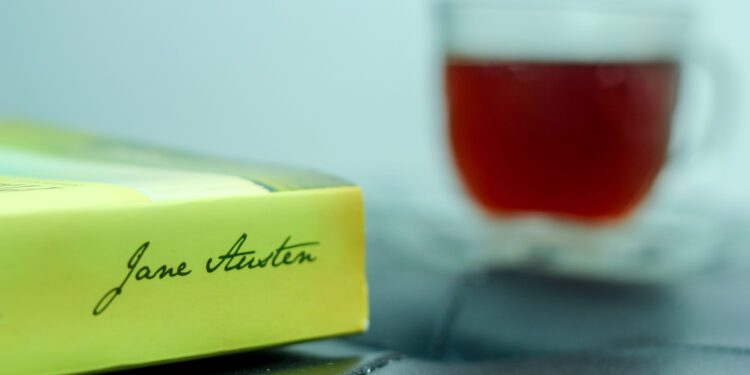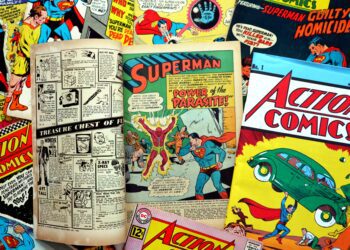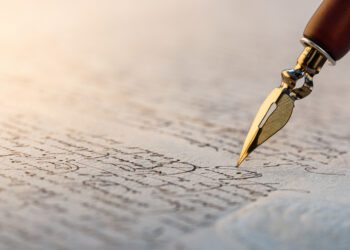While Jane Austen is best known for skewering the vagaries of romantic love in her novels, there is another, equally complicated and meaningful type of relationship that runs through them, too — that of siblings.
Sisters, in particular, influence the thoughts, opinions and actions of many of Austen’s heroines, acting as confidantes or foils. Elinor Dashwood has Marianne — the “sensibility” to her “sense;” Elizabeth Bennet has four sisters in “Pride and Prejudice,” each of whom has a different experience of courtship and marriage; in “Persuasion,” Anne Elliot has the vain Elizabeth and the highly strung Mary.
Sisterhood defined Austen’s own life, too, as underlined by a long, chatty letter she wrote to her elder sister, Cassandra, which is expected to fetch up to $400,000 at a Sotheby’s auction in New York in October.
Nearly three years apart in age, the two sisters were extraordinarily close; so close that their mother once said, “if Cassandra’s head had been going to be cut off, Jane would have hers cut off too.”
This relationship is evident in the letters they wrote to each other. In this one, Austen rattles through an account of her days in Bath, gossips about their neighbors and relatives, shares news about their friends, pokes fun at Cassandra’s ill health, and laments the family’s diminished social status.
Jane and Cassandra’s relationship even shapes our understanding of Austen today. It was Cassandra who painted the only surviving portrait of Austen during her lifetime and who destroyed many of her sister’s letters following her death. Only 161 of the roughly 3,000 letters Austen wrote have survived, Sands said.
Although this has rendered Austen a somewhat elusive historical figure, “if we take a big step back, it’s actually an incredibly generous gesture of a sister protecting a legacy,” Sands said.
No letters from the period three or four years before this letter was written have survived, Sands said, pointing out this was a time when Austen wasn’t very productive, struggled with her family’s move to Bath and was perhaps depressed, as some critics have hypothesized.
“If that’s the case, we can understand why Cassandra would have destroyed some of the evidence of this,” Sands said. “Do we want the letters or the emails or the texts that expose the most difficult times in our life left for public consumption?”
Other Austen memorabilia will also feature at the auction held online between October 1 and October 15, taking the combined estimated value of the lots up to $1.3 million.












